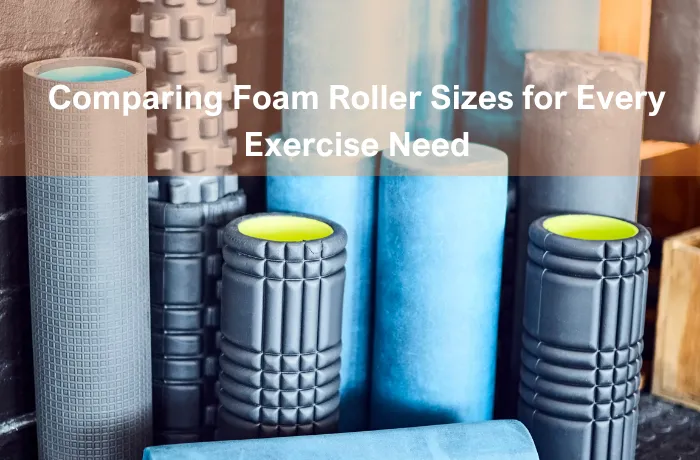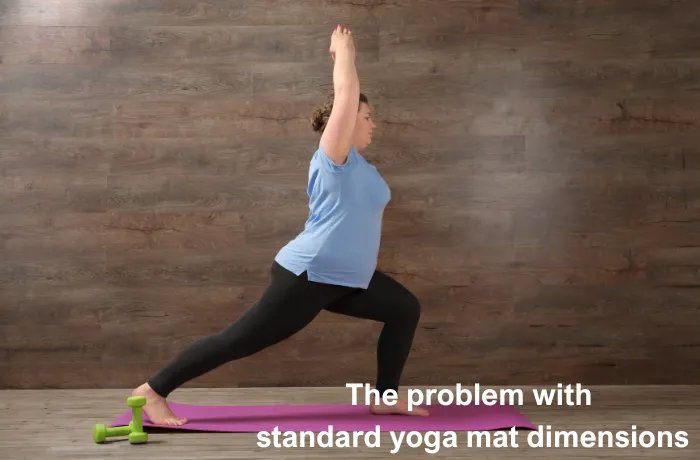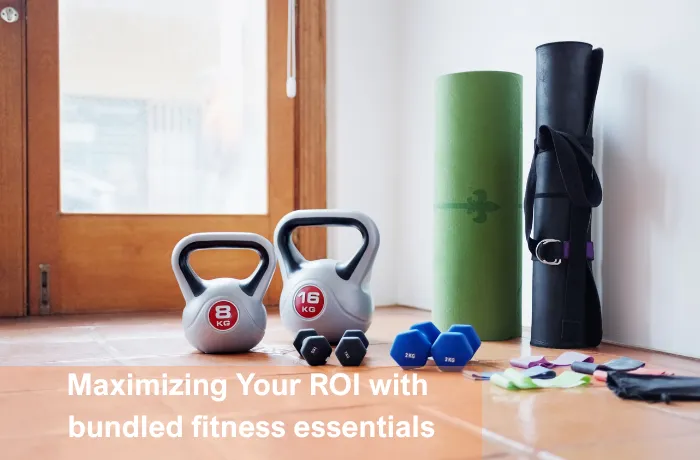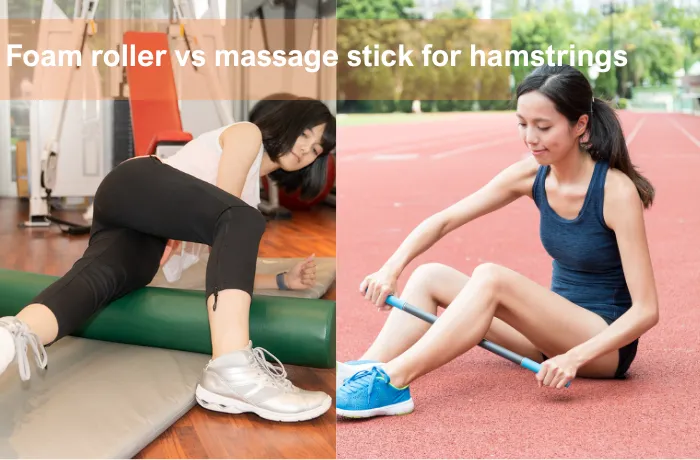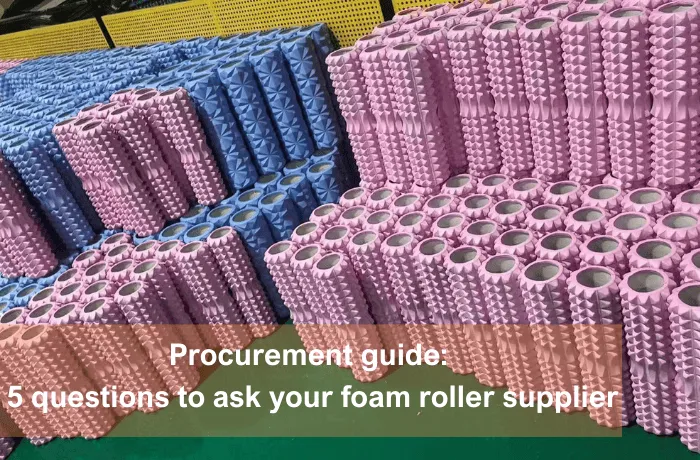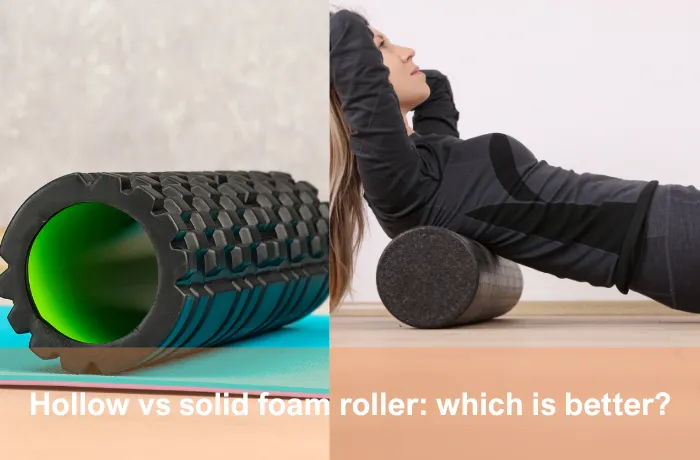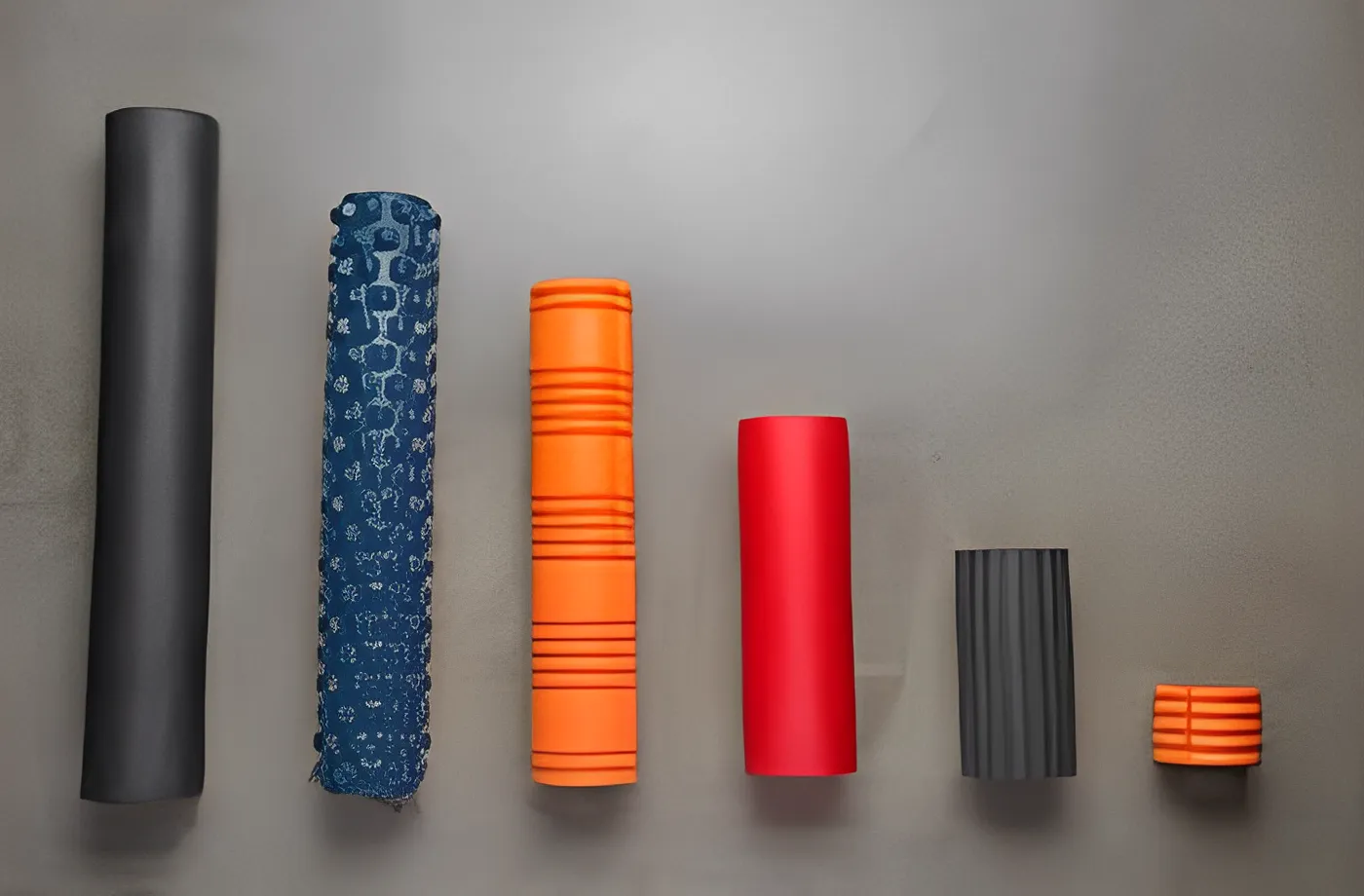
Foam roller size is important for recovering after exercise. The right roller helps muscles heal by easing soreness and boosting blood flow. Studies show foam rolling clears lactate, reducing muscle pain over time. Beginners should use a soft roller to relax muscles gently. For stronger pressure, pick a firm or bumpy roller. Choosing the right size helps focus on certain muscles and improves your workouts.
Key Takeaways
- Pick the foam roller size that fits your needs. Small rollers focus on tight spots, medium ones work for most exercises, and large rollers help with full-body stretches.
- Think about comfort and how well it works. Big rollers are steady for beginners, while small ones press harder on specific areas.
- Consider how easy it is to carry and store. Small rollers are simple to pack and keep, great for trips or small spaces.
- Choose the roller’s texture and firmness based on your goals. Smooth rollers are soft, while bumpy ones go deeper to ease sore muscles.
- Try different rollers to see what works best for you. What you like matters for good foam rolling results.
Why Foam Roller Size Matters?
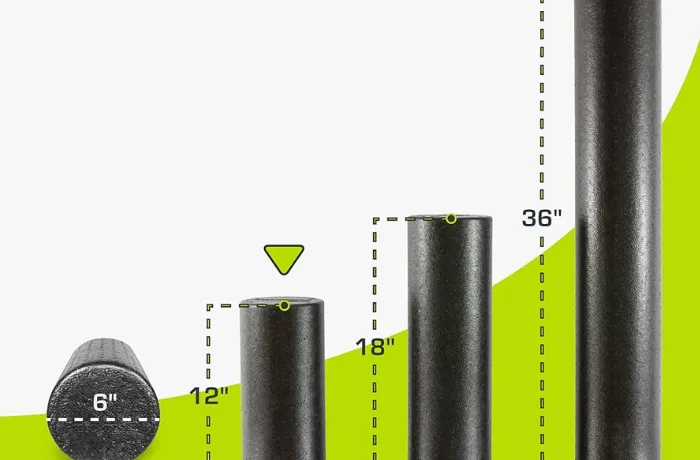
Comfort and Effectiveness
The size of a foam roller affects how it feels and works. Bigger rollers are steady and great for beginners or full-body use. They help you stay balanced while rolling your muscles. Smaller rollers give stronger pressure to specific spots. To reduce soreness or improve blood flow, pick the right size for better results.
Tip: New to foam rolling? Try a medium-sized roller. It’s comfy and helps with focused relief.
Targeting Specific Body Parts
Different roller lengths help target muscles better. Long rollers are good for big muscles like your back or thighs. They cover more area, making them great for full-body stretches. Short rollers work well for smaller spots like calves or arms. The right length helps focus on muscles that need care, improving recovery and flexibility.
Portability and Storage
If you travel or have little space, portability is key. Small rollers are easy to carry and fit in gym bags. They’re perfect for quick workouts or travel recovery. Long rollers are harder to move but work well at home. Think about your lifestyle and space when picking a roller size.
Note: Short on space? Choose a small roller. It’s light, easy to store, and still works well.
Common Foam Roller Sizes
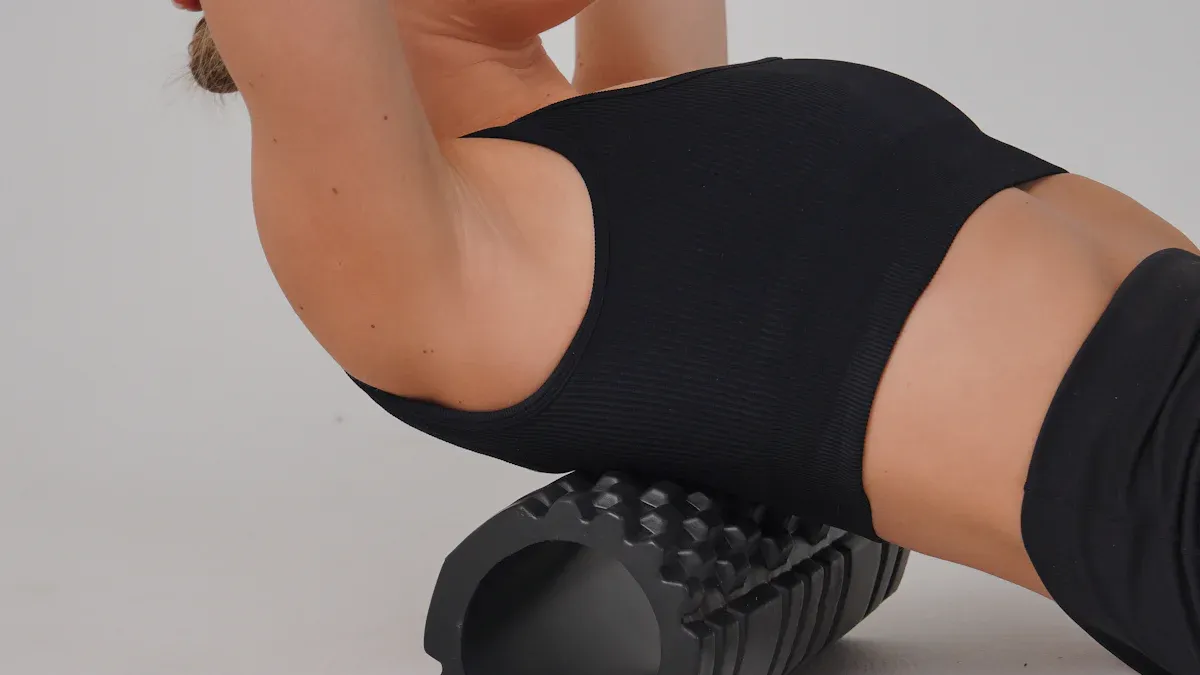
Small Foam Rollers
Small foam rollers are easy to carry and use. They are great for focusing on smaller muscles or tight spots. These rollers are usually 12 inches or shorter. Their small size helps you reach areas like your calves, arms, or neck. If you do yoga, Pilates, or cross-training, small rollers can make your workouts better by easing muscle tension.
- Benefits of small foam rollers:
- Simple to store and take with you.
- Handy for travel or gym workouts.
- Best for smaller muscle groups.
More people are staying active, increasing the need for small foam rollers. Over half of adults now exercise regularly. The foam roller market is expected to grow to $719 million by 2025. This shows how important tools like small foam rollers are for muscle care and avoiding injuries.
Tip: Don’t have much space or travel often? A small foam roller is a great pick.
Medium Foam Rollers
Medium foam rollers are the most popular size. They are usually 18 to 24 inches long. These rollers are easy to use and work well for many exercises. They are good for both beginners and experienced users. Medium rollers are big enough for larger muscles but still simple to handle.
Research shows medium foam rollers help with muscle pain and flexibility. For example:
| Study Title | Findings | Conclusion |
|---|---|---|
| Foam rolling vs. vibration foam rolling on quadriceps | Foam rolling improves range of motion (ROM). | Medium rollers help with muscle relief. |
| Foam rolling for low back pain in riders | SMFR boosts flexibility and balance, lowering pain. | Medium rollers are effective for relief. |
Medium foam rollers come in soft, medium, and firm types. This lets you pick the one that feels best and matches your needs.
Note: Not sure which size to try? A medium foam roller is a safe choice.
Large Foam Rollers
Large foam rollers are 36 inches or longer. They are made for full-body exercises and provide great stability. These rollers are perfect for big muscles like your back, thighs, and hamstrings. Their long size also helps with balance exercises, like core workouts or spinal stretches.
Studies prove large foam rollers help muscles recover after hard workouts. Key findings include:
| Findings | Description |
|---|---|
| Less Muscle Soreness | Foam rolling reduces soreness after tough training. |
| Better Performance | Improves speed, strength, and endurance after exercise. |
| How It Works | Boosts blood flow and lowers inflammation, like a massage. |
Large foam rollers are often made from strong materials that last a long time. They are great for home use if you have enough space to store them.
Tip: Want full-body stretches and faster recovery? A large foam roller is the way to go.
Foam Roller Surface Textures and Densities
Smooth vs. Textured Rollers
Foam rollers have two main surface types: smooth and textured. Smooth rollers give gentle pressure, great for beginners or light relief. They move easily over muscles, helping you relax and improve blood flow. Textured rollers feel like a massage therapist’s hands. Their bumps and ridges press deeper into tight or sore spots.
Research shows textured rollers can be more effective. A 2019 study by Laffaye et al. found they improved knee movement and eased muscle pain better than smooth ones. This makes them a good pick for athletes or those needing strong muscle recovery.
Tip: New to foam rolling? Start with a smooth roller. For deeper relief, try a textured one.
Soft, Medium, and Firm Densities
Foam rollers also come in different densities, which change how much pressure they give. Soft rollers are gentle and good for beginners or sensitive areas. Medium-density rollers are balanced, making them useful for most people. Firm rollers press the hardest, great for deep muscle knots or tough spots.
Pick the density based on your needs. For example, soft rollers help you relax after light workouts. Firm rollers work better for hard recovery sessions. Both open cell and closed cell foam rollers come in these densities, so you can find one that fits you.
Combining Texture and Density with Size
The mix of texture, density, and size affects how a foam roller works. Smooth rollers with medium density are great for beginners wanting gentle, full-body relief. Textured rollers with firm density are best for tight muscles and deep massages. Vibrating rollers add extra benefits by improving blood flow.
Here’s a simple guide to help you choose:
| Foam Roller Type | Texture | Density | Best Use |
|---|---|---|---|
| Smooth | Broad | Medium | Gentle pressure for beginners |
| Textured | Pinpoint | High | Deep-tissue work for athletes |
| Vibrating | N/A | N/A | Better circulation for recovery |
Note: Think about your workouts and recovery needs when choosing a foam roller. The right one can really improve your results.
Choosing the Right Foam Roller
Matching Size to Exercises
Pick a foam roller size that fits your exercises. Big rollers are great for full-body stretches and balance moves. They keep you steady, making them good for yoga or Pilates. Medium rollers work for most workouts, like muscle relief or self-massage. Small rollers are best for tight spots, like calves or arms.
For example, use a large roller for core workouts or back stretches. It gives the support you need. A small roller is better for deep massages on specific areas. Choosing the right size makes your self-massage more comfortable and effective.
Tip: Not sure where to start? Try a medium roller. It works for many exercises.
Selecting for Body Parts
The size of the roller depends on the muscles you want to target. Long rollers are great for big muscles like your back or thighs. They cover more area, making them perfect for full-body recovery. Short rollers are better for smaller areas, like your calves, arms, or neck.
Foam rolling helps improve how your joints and muscles move:
- It helps swimmers move their ankles better.
- It improves knee movement in young men.
- It helps hamstrings and hips recover from soreness.
Foam rollers also loosen tight fascia, which is tissue around muscles. This improves flexibility and helps muscles heal. Whether you need a deep massage or a full-body stretch, the right roller size makes a big difference.
Note: For tight muscles or fascia, firm textured rollers give deeper relief.
Personal Preferences
Your choice of roller depends on what you like. Think about how portable, strong, and useful it is for your needs. If you travel, a small roller fits in your bag. For home use, bigger rollers are sturdy and good for full-body exercises.
The roller’s surface and firmness also matter. Smooth rollers with medium firmness are gentle. Textured rollers with firm pressure are better for deep massages. Soft open-cell rollers are good for beginners. Closed-cell rollers are tougher and better for advanced users.
Think about what you need for recovery. A soft roller is relaxing after light workouts. A firm roller helps with sore muscles after hard training. Matching your preferences to the roller’s size and feel makes your self-massage more effective.
Tip: Try different rollers to find the one that feels best for you.
Comparison Table for Selection
Choosing the right foam roller depends on size, texture, and density. Each type works differently for exercises and muscle recovery. The table below shows how they compare:
| Roller Type | Density | Texture | Recovery Metric | Result |
|---|---|---|---|---|
| Foam Roller | Soft | Grid | Knee Joint Mobility | Improved |
| Foam Roller | Medium | Grid | Pain Perception (PPT) | Improved |
| Foam Roller | Hard | Grid | Muscle Soreness | No significant change |
| Foam Roller | Medium | Smooth | Knee Range of Motion | Improved |
| Foam Roller | Hard | Smooth | Pain Perception (PPT) | Improved |
This table explains how different rollers help with recovery. For instance, soft rollers with grid textures are great for improving knee movement. Medium rollers, whether smooth or grid-textured, help with pain and flexibility. Hard rollers work well for pain relief but don’t reduce soreness much.
Tip: New to foam rolling? Use a medium-density roller. It’s comfortable and effective for starting recovery routines.
By knowing these details, you can pick a roller that fits your needs. Whether you want to stretch better, ease pain, or focus on certain muscles, the right roller makes a big difference.
Picking the right foam roller can improve how you recover. Its size, texture, and firmness affect how well it works for you.
- Think about your goals: What exercises do you do? Which muscles need attention?
- Choose what you like: Look for a roller that’s easy to carry, firm enough, and has the right surface.
Remember: The right foam roller helps you feel better, eases sore muscles, and makes you more flexible. Take your time to pick the best one for your needs.
FAQ
What foam roller size is best for beginners?
If you’re just starting, pick a medium-sized roller (18–24 inches). It’s easy to use and helps you learn the basics. Pair it with a soft or medium-density roller for gentle comfort.
Tip: Beginners should try a smooth roller for easier use.
Can I use a foam roller every day?
Yes, daily foam rolling is fine. Use it before workouts to warm up or after to recover. Keep sessions short, around 10–20 minutes. Focus on sore spots, but don’t roll over bones or joints.
Note: Stop if it hurts. Always listen to your body.
Are small foam rollers effective for deep tissue massage?
Yes, small rollers are great for deep massages. Their small size works well on areas like calves, arms, or neck. Pick a firm, textured roller for the best relief.
Example: Use a small roller to ease tight shoulder knots.
How do I clean my foam roller?
Clean your roller with a damp cloth and mild soap. For a deeper clean, use disinfectant spray. Let it dry fully before putting it away.
Reminder: Clean it often to stop bacteria and keep it fresh.
Do foam rollers help with flexibility?
Yes, foam rollers make you more flexible by loosening tight muscles. Rolling boosts blood flow, which helps muscles stretch better. Use a large roller for full-body stretches or a medium one for smaller areas.
Pro Tip: Stretch after rolling for even better results.

